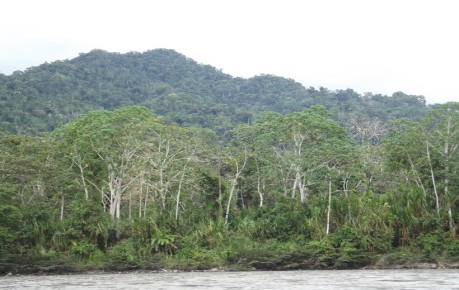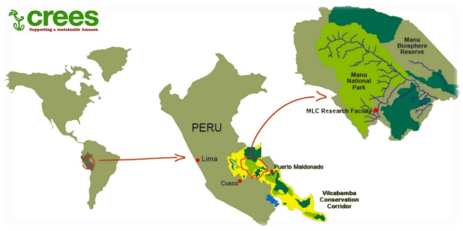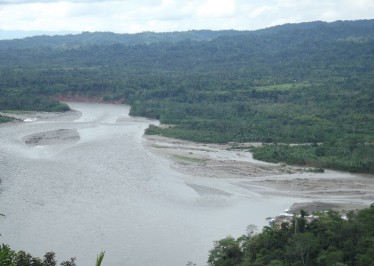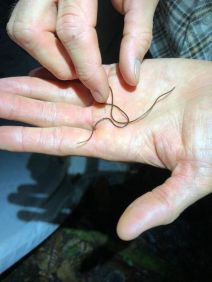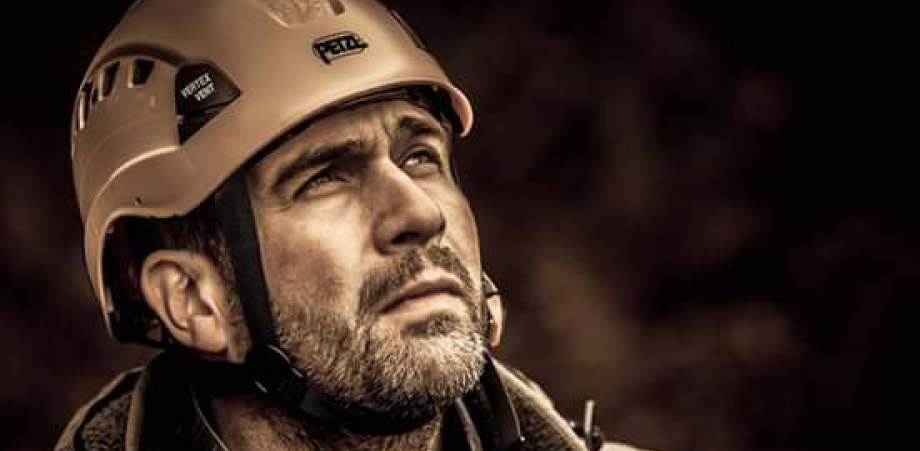
Into the Depths of the Amazon 2018
Manu National Park in Southern Peru is one of the most biodiverse wild places in the world. Just to give you an idea of how diverse, it is home to at least 1,000 bird species and 220 mammal species. The National Park is the core of an even larger Biosphere Reserve, which covers an area of forest bigger than Wales. This forest is home to many endangered species. Not only are that, but the vast majority of species in this area unknown to science. The reserve is also home to a number of uncontacted indigenous groups, who continue to live in the area with a level of protection afforded by the National Park.
Although this is an amazing and diverse ecosystem, the edges of the Biosphere Reserve and the National Park are under enormous pressure from expanding populations, resource extraction, tourism and the encroachment of roads and communication networks.
In the past ten years a unique research station, the Manu Learning Centre (MLC), run by the Crees Foundation (www.crees-manu.org), has been studying this vulnerable area on the edge of the forest, sometimes called the Cultural Zone. The MLC is based in secondary rain forest on the banks of the Madre de Dios River and has been studying key species living in both the secondary and primary forest surrounding the centre with some amazing discoveries that are improving our understanding of the importance of secondary forest.
In May 2018, Award winning expedition leader James Dyer, and renowned entomologist Dr Ross Piper, in partnership with the Crees Foundation, took 10 Citizen Scientists, ordinary people ( including an Msc Student, a retired psycologist and a insurance broker) to a remote part of the Crees Reserve and immersed them in the experience of living and working in the research centre and field research.
The participants undertook key species surveys in conjunction with the expedition tean, Crees Peruvian scientists and students, feeding this research into the vital work that Crees are involved.
Citizen Science is real science, undertaken by interested people, non scientists who have a chance to be involved in cutting edge and important research into our planet and the natural environment.
By touching our natural world and telling our real stories we hope more people will commit to protecting it for the future.
Outline Plan
The expedition will spent nearly three weeks in Peru during May 2018, with time at the beginning and end of the expedition in the Incan city of Cusco, either finalising kit and equipment or exploring the city and the local Incan ruins and history.
The expedition travelled overland across the Andes and down through the cloud forest into the heat of the Amazon Basin, before loading up boats and travelling down the Madre de Dios River to our remote base camp.
The first few days saw them building base camp, initial acclimatisation and familiarisation. Once this was over the team started to explore the surrounding area and begin research projects.
People tend to forget that we've barely scratched the surface of understanding life on Earth, from the species we share the planet with to how they all live and interact.
The lowland forests of Peru are some of the most diverse habitats anywhere on the planet and there's still so much to understand about these forests and their inhabitants this expedition aims to contribute to that understanding, by looking at the key areas of:
Documenting insect diversity
There are still millions of species out there to describe, most of which are insects. Collecting some of the more difficult to find groups using a variety of techniques will help to fill in some of the blanks. The specimens will be deposited in international museums and eventually described using morphology and DNA. It is also important that we record and observe what we can on where and how these animals live - these ecological observations are gold-dust. Assessing insect diversity can also be very useful in examining the differences between secondary forest and more pristine areas.
Canopy diversity
Using a new canopy access system, developed by James Dyer the expedition hopes to be able to explore the life of the canopy, which is where the majority of the animal diversity is to be found. Sampling this environment and examining epiphytic plants will give us access to animal species that are never seen on the ground.
Miniature water-body communities (phytotelmata)
Anywhere water accumulates in the forest, such as an open Brazil nut pod or the unfurling leaf of an understorey plant is home to a microcosm of animals that are found nowhere else. These communities have barely been studied.
Fruit and frugivores
When trees in the forest, such as fig trees, come into fruit they are visited by a huge variety of mammals and birds, which eat the fruit and end up dispersing the tree's seeds. Understanding what animal species use these fruiting trees helps us to understand the interactions that are crucial for a healthy forest.
Reptile and amphibian surveys
These animals are very easy to overlook and we hope to be able to contribute to what is known of the species that live in this area with the potential to find undescribed species.
Legacy
This expedition was based on exploring and researching science based subjects to expand the knowledge and understanding of secondary rainforest and the species of flora and fauna that live there, particularly new species.
The expedition will add to the body of biological knowledge, including the discovery of new species, and contributes to the long-term conservation of this ecosystem and the surrounding area.
The work undertaken will feed directly into research that the Crees Foundation have been working on for the last 10 years, and into the research undertaken by the wider science community in Peru.
Following on from the expeditions return, samples collected were analysed and identified, in December 2019 the exciting news emerged from the Natural History Museum in London that a species of parasitic worm discovered by th team was new to science.
The new species was named Acutogordius Olivetti, after the stream that run by the expeditions base camp.
James and Ross are interested in using this style of expedition to seed the development of ‘citizen science’ expeditions to remote and inaccessible places to help advance scientific research and increase global appreciation of threatened areas. In doing so, we aim to push the boundaries of research and devise new techniques and adventurous methods of reaching and studying these places.
Here's where you can enter in text. Feel free to edit, move, delete or add a different page element.
